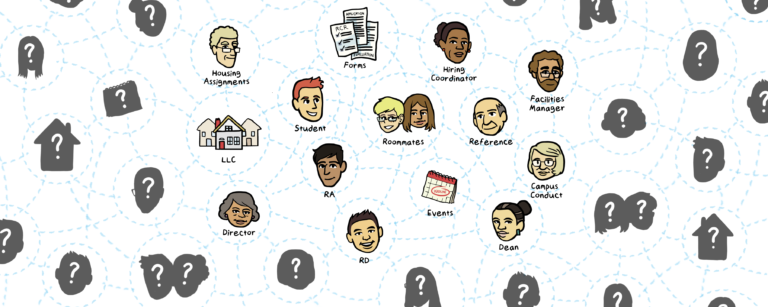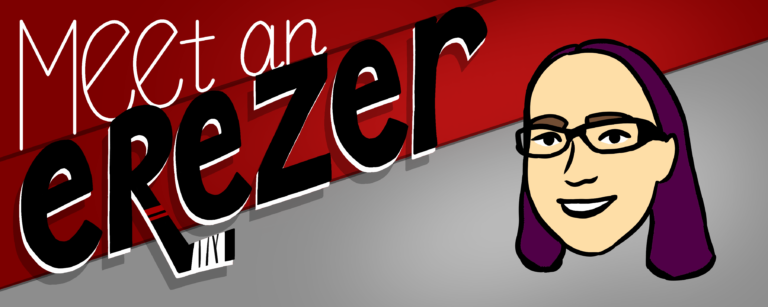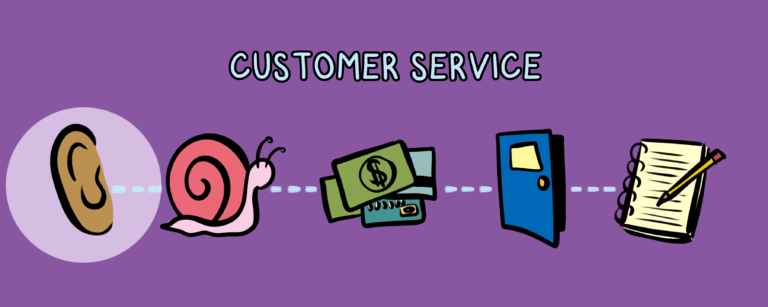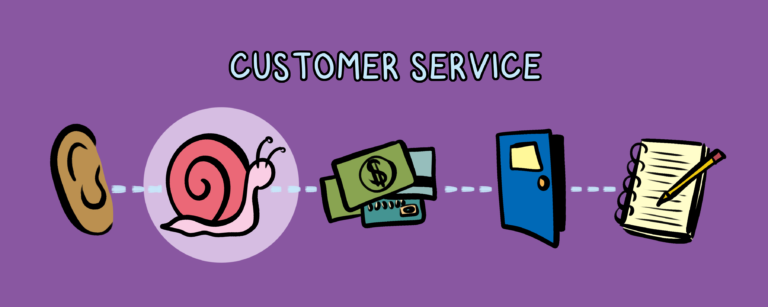Oh, hey! Welcome to the community.
When we train RAs, we all know the basics. We cover assertiveness, peer helping, roommate mediation; the list goes on. I wrote a post last year called Adapting Your Hiring Practices to the New Culture of Residence Life, and I know you all are working to make similar adaptations to your RA training programs as well. In this blog post and the one to follow, I will discuss an aspect of current student life that often falls to the RA to address, but it is rarely covered in RA training.
Connections:
Over the holiday break, a mentor of mine sent me an article about loneliness. We’ve often discussed how incoming students struggle to make connections and how that is so different from the students of 15-20 years prior. Residence Life used to be about teaching balance—it was about creating fun, social events that you and your friends could sign up for as a team. Intramural sports were thriving, and the RA’s job was to break up the parties. Residence Life has taken a 180-degree turn. The focus of programs is enhancing the student experience and achieving learning outcomes. The RA’s job is to bring people out of their rooms and create an environment that is conducive for connections because residents seem unable to form these connections without significant struggle.
When your student staff understands how to connect with their peers, this model works. However, we’ve all hired that crappy RA. The one that has potential but can’t execute or the one that only applied for free housing. It’s never been ideal to have the bad RA, but the impact is even more significant now. If you don’t feel a connection to someone on your floor or at your school in your freshman year, it’s going to be a long journey to graduation. Moreover, if your RA doesn’t even try to get you out of your room, and you’re not an outgoing type, it’s unlikely that you’re going to venture far beyond the four walls of comfort and take the time necessary to make those connections.
“The assumption that many people often have is that it’s older people who are lonely, but it turns out youth and young adults may have the highest rates of loneliness.”
Dr. Vivek Murthy, source: https://www.cbsnews.com/news/feeling-lonely-you-are-not-alone/
Loneliness:
So, where does this leave us? Students are in their rooms, feeling disconnected, and as a result, turn to social media to feel that sense of connection without leaving their comfort zone. Now we add to the problem the understanding and awareness that social media has a negative impact on mental health. Social media makes us feel connected, but is that sense of connection misguided?
Loneliness is a massive concern in society, and we see it in our residence halls. The idea is that social media creates a sense of inadequacy, furthering your feelings of isolation. I’m confident this happens in our halls as well. You have a floor Facebook page and are constantly posting photos of the same five residents that grab dinner together, do homework in the lounge, and attend community builders. The intent was positive: show other residents how fun and social it is to be part of the floor community. However, in reality, the resident observing these photos on their laptop in their rooms is being reminded that these five residents have a tight connection, and they’re not part of it. According to Dr. Murthy, the increased mortality associated with loneliness is greater than the mortality associated with obesity or with smoking 15 cigarettes a day. That is a bold statement and one that cannot be overlooked.
The most powerful takeaway from the article mentioned above is around quality versus quantity. You can have 4000+ Instagram followers, but it doesn’t mean a thing if you don’t have meaningful connections in real life. It’s the meaningful connections that matter — the ones where you can open up, feel heard, and trust the other person. I’m confident you’ve seen or listened to an example of this in your halls. Parents call and say they’re worried about their student. Their student is calling home, crying, saying they don’t have any friends, and they are lonely. The RA’s response is something like, “That’s so weird, I see them all the time with their friends,” or “They’re super involved in the RHA and clubs, so there’s no way they’re lonely.” The more I understand about loneliness, the more I know that both statements can be true. Even if you’re talking to people all day, if your interactions are meaningless, you still feel lonely. You need a genuine and sincere connection, and that is much more difficult to create.
Knowledge is Power
So, now that we know this, we need to ensure our RAs understand the importance of those intentional interactions. Those scheduled touch points are the key to forming meaningful interactions with their residents. Beyond that, we need to train the trainer. We need our RAs to become ambassadors and educate their residents on having meaningful conversations. Come back for the next post as we discuss the ways to educate RAs about intentional interactions and learn some tips for training staff on having authentic and meaningful conversations.
Thanks for being part of our community. We’re glad you’re here.






